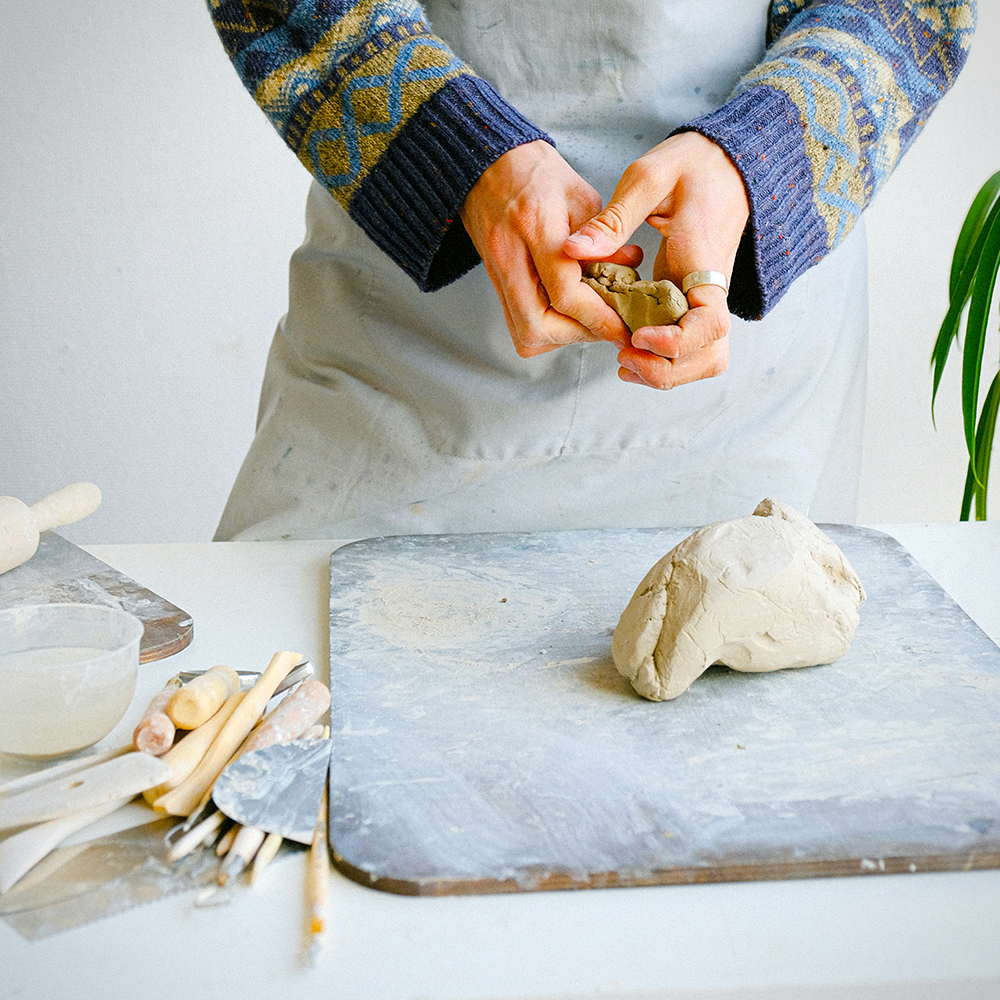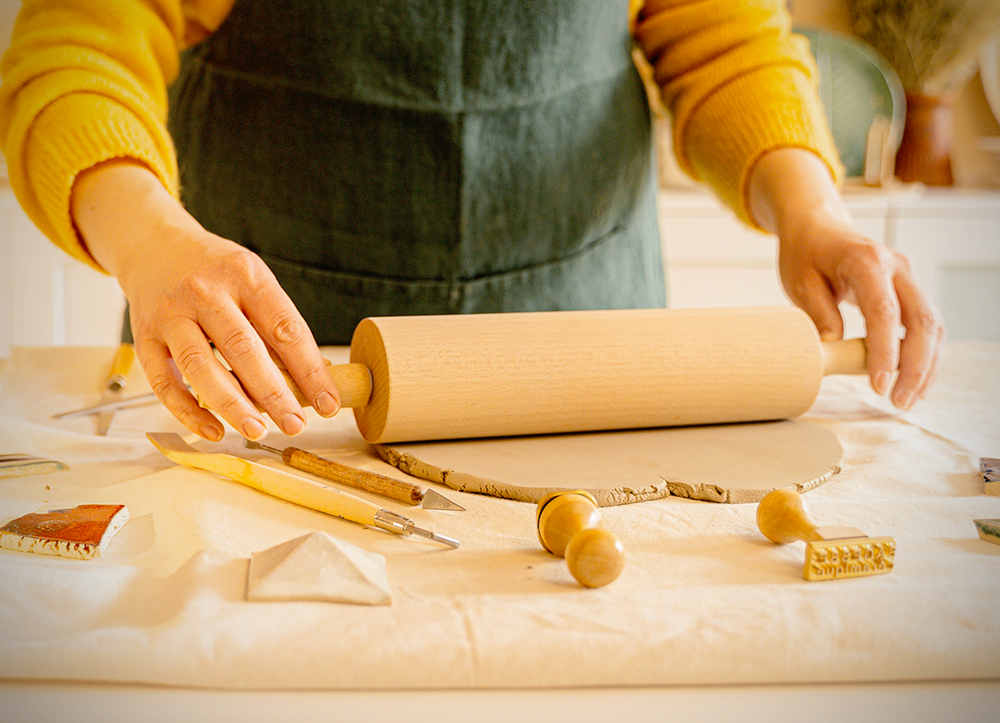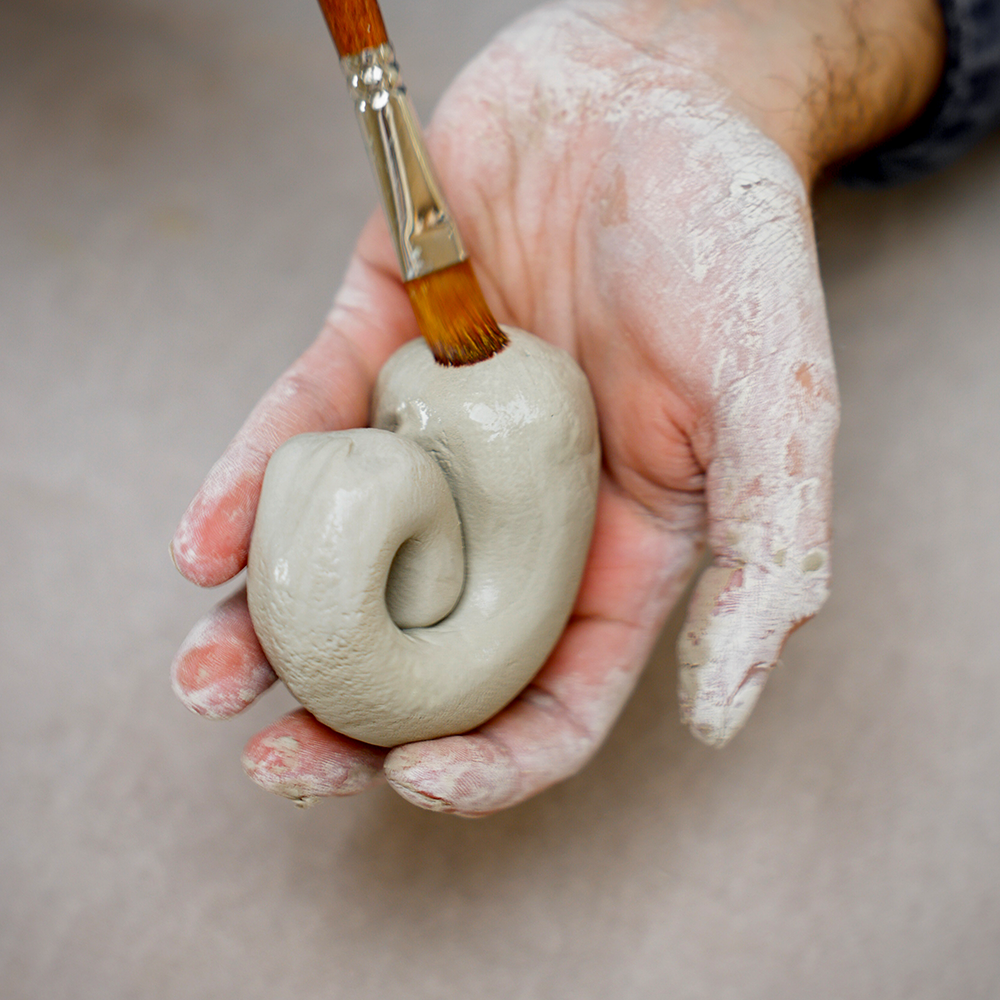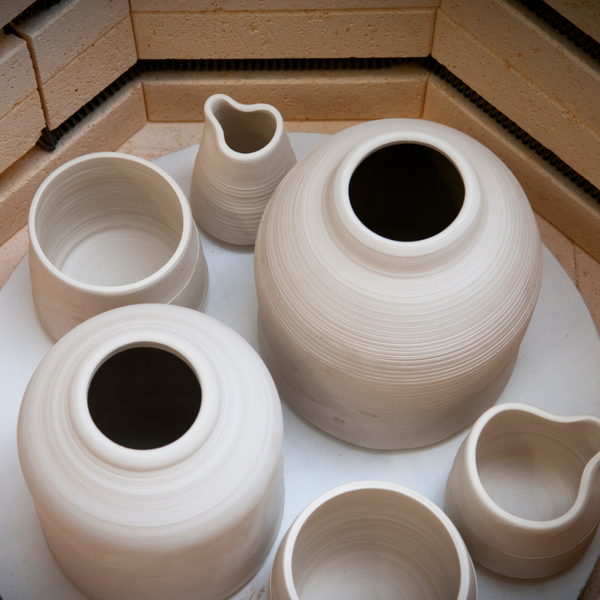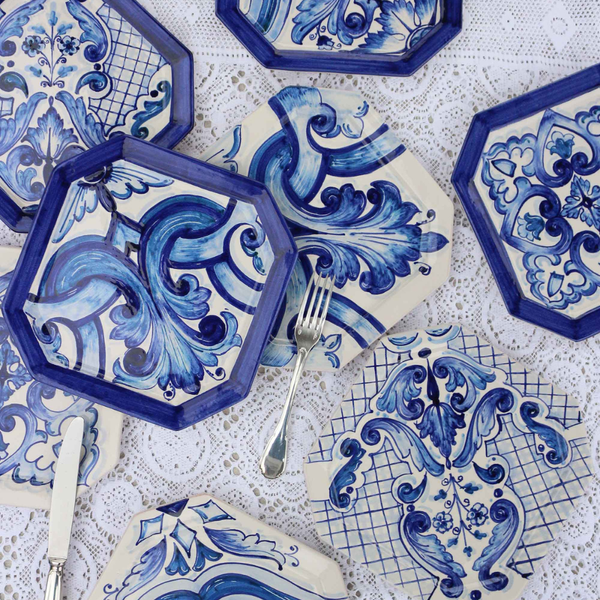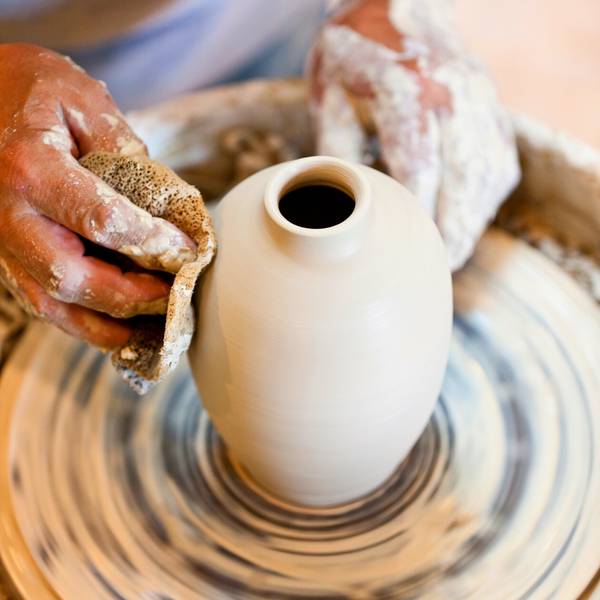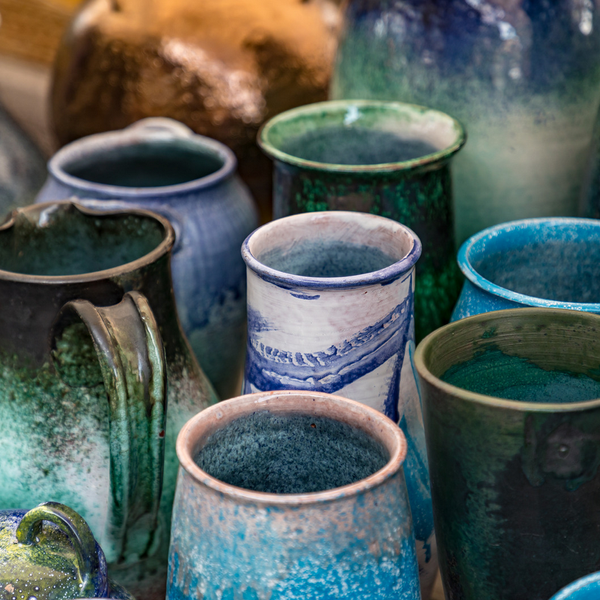Eager to get your hands dirty and unleash your creativity with the world of ceramics?
Get ready to dive into the fascinating world of handbuilding with clay!
Whether you're a seasoned artist or just starting out, this blog post is here to inspire, motivate, and educate you on the wonders of moldable clay.
We'll take you on a magical journey where you can mold, shape, and build beautiful masterpieces with the power of your hands; let's explore one of the most innovative and expressive techniques in the realm of ceramics - handbuilding!
This ancient, yet ever-evolving technique has been a cornerstone of artistic expression for centuries.
Handbuilding with clay is like diving into a world of endless possibilities, where your imagination can come to life in the form of stunning sculptures, functional pottery, and awe-inspiring ceramic art.
From delicate porcelain masterpieces to bold and intricate sculptures, clay offers endless possibilities for creators of all walks of life.
So, roll up those sleeves, let's embark on this creative adventure together, and let the clay play begin!
Key Takeaways:
- Handbuilding with clay is a fundamental pottery technique that does not require a pottery wheel, allowing for a wide range of creative expression.
- The three most common handbuilding techniques are pinch pots, coil building, and slab building, each offering unique characteristics to ceramic art.
- Handbuilding is accessible to beginners and can be done with simple tools, making it a popular choice for both amateur and professional potters.
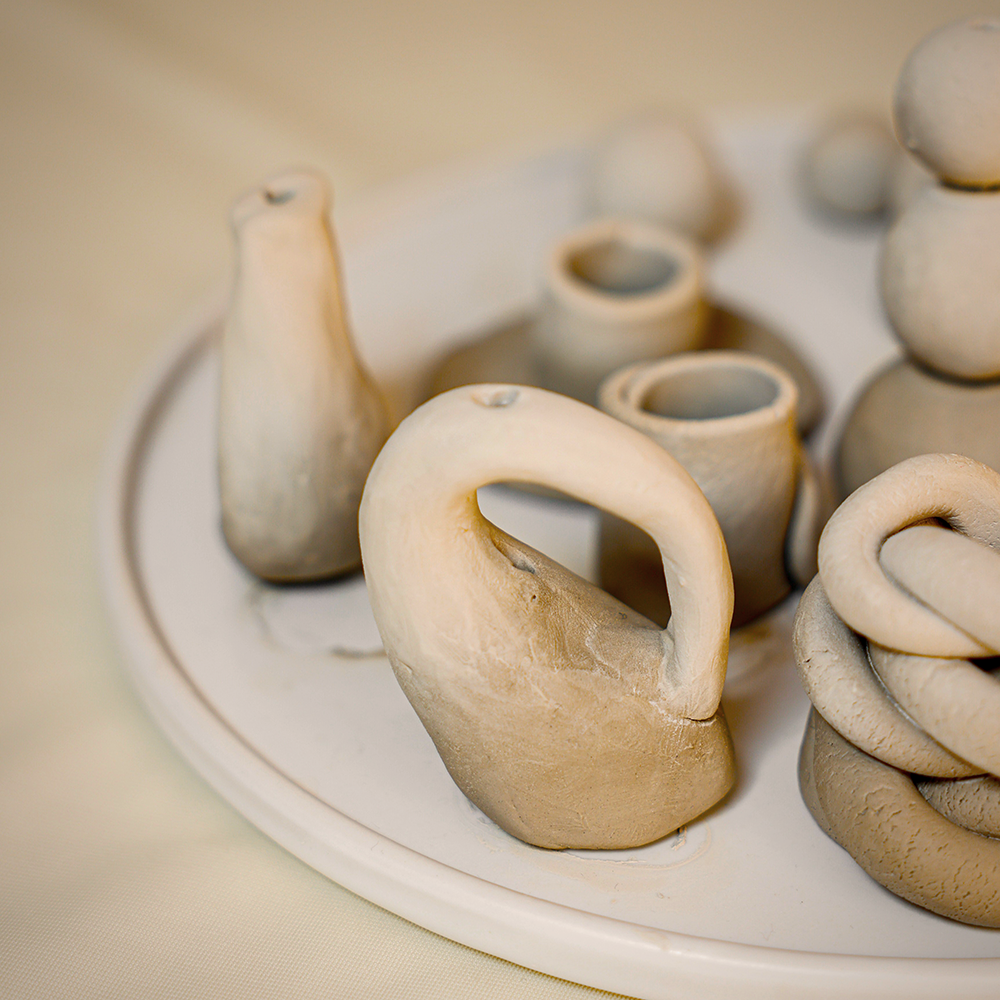
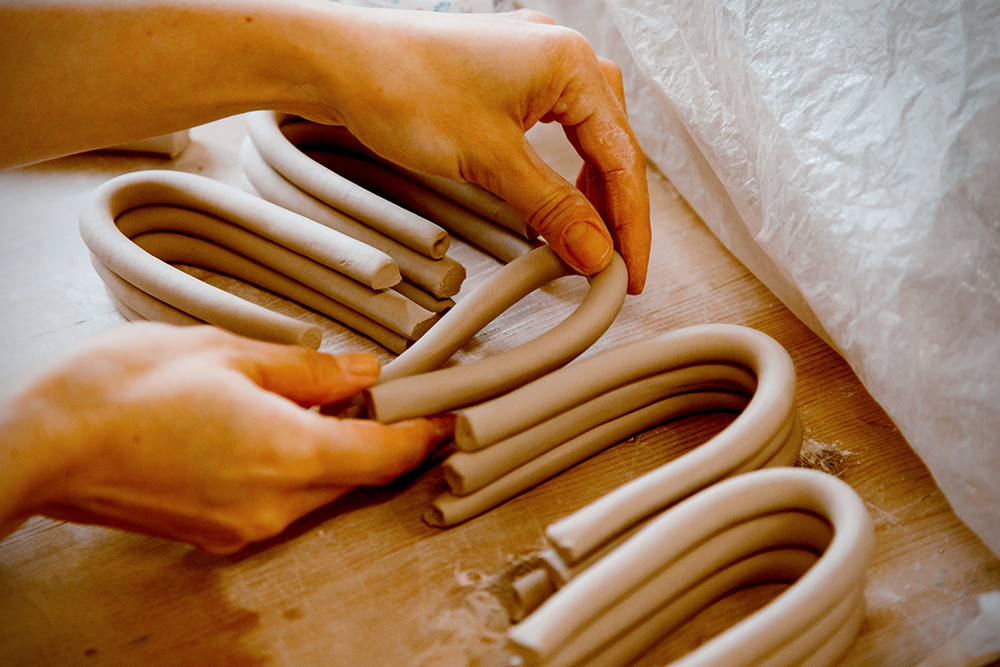
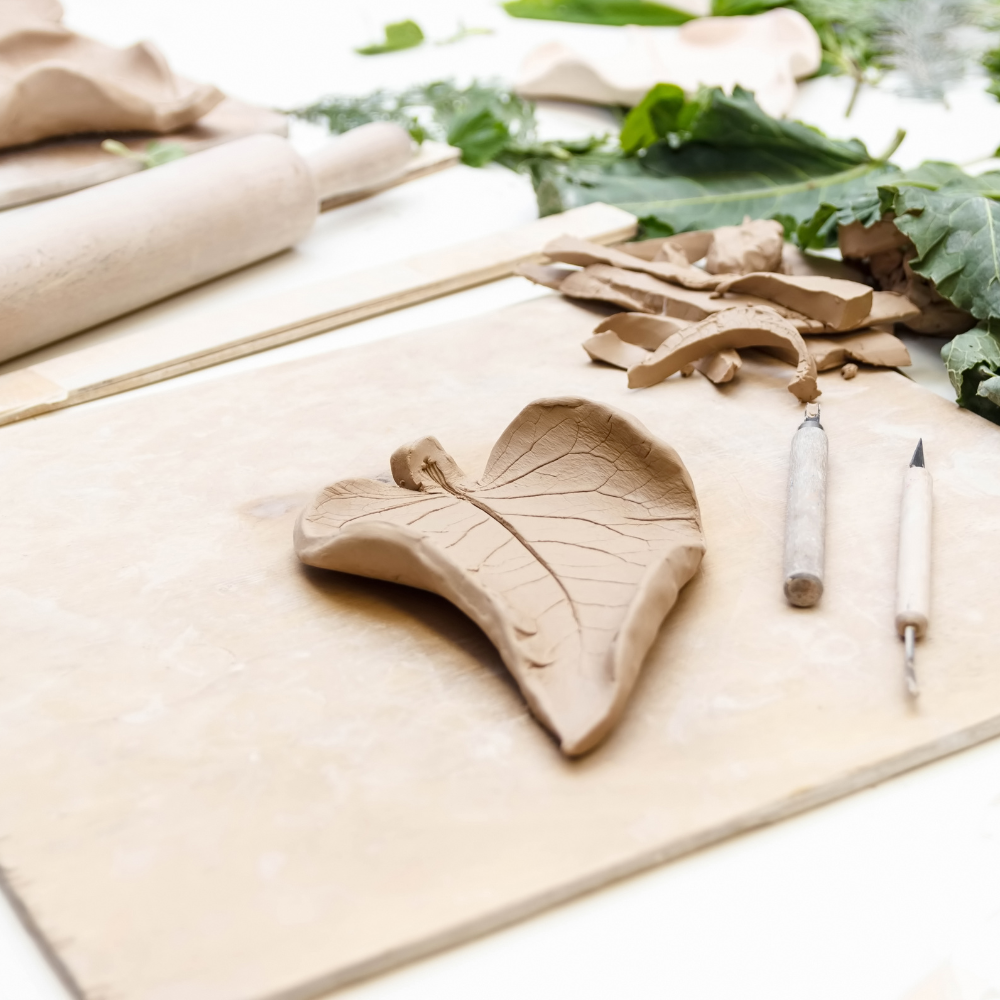
Understanding Handbuilding in Pottery
Handbuilding with clay is an ancient and versatile form of creating pottery that involves shaping and forming clay with only your hands and simple tools.
It is one of the oldest pottery making techniques, predating the invention of the potter's wheel.
Handbuilding involves creating forms from clay without the use of complex machinery, relying instead on the tactile skill of the artist.
This simple process allows for a connection between the potter and the clay that is both primal and intimate.
Unlike wheel-thrown pottery, handbuilding allows for a broader range of shapes and sizes, from functional pottery to sculptural pieces.
This method is not only foundational for those learning ceramics but also remains a preferred technique among experienced artists for its direct and intimate approach to the material.
Choosing the Best Clay for Handbuilding
Selecting the best clay for handbuilding is crucial.
Earthenware clay is often preferred for its workability and forgiving nature, while stoneware offers greater durability for functional pottery.
Porcelain is often used for its delicacy and versatility in creating intricate clay sculptures.
The choice of clay can significantly affect the final outcome of ceramics projects.
It is essential to experiment with different types of clay to find the one that suits your artistic vision and style.
The Basics of Preparing Clay
Before beginning any handbuilding project, it is crucial to prepare clay properly.
This preparation involves wedging or kneading the clay to eliminate air bubbles and ensure uniform thickness.
The best clay for handbuilding is typically earthenware or stoneware clay, which has the right balance of plasticity and strength.
The Evolution of Clay Hand Building Techniques
Hand building with clay is an ancient practice that has evolved significantly over time.
Initially, the creation of pottery relied solely on the dexterity of the human hand and rudimentary tools.
Today, clay hand building techniques have expanded to incorporate a blend of traditional methods and modern innovations.
Artisans have refined the pinch, coil, and slab techniques to create more complex and intricate designs.
The evolution of these techniques is a testament to the adaptability and creativity inherent in the craft of pottery.
As new materials and pottery tools become available, potters continue to push the boundaries of what can be achieved with hand building.
The digital era has also left its mark on hand building techniques.
Online tutorials and virtual workshops have made it easier for beginners to learn and for professionals to share their expertise.
This has led to a global exchange of ideas, further enriching the diversity of styles and methods in hand building.
Moreover, the introduction of advanced tools like the potter's wheel has allowed for greater precision and efficiency in creating symmetrical pieces.
Despite these advancements, the essence of hand building remains rooted in the tactile experience of shaping clay with one's own hands.
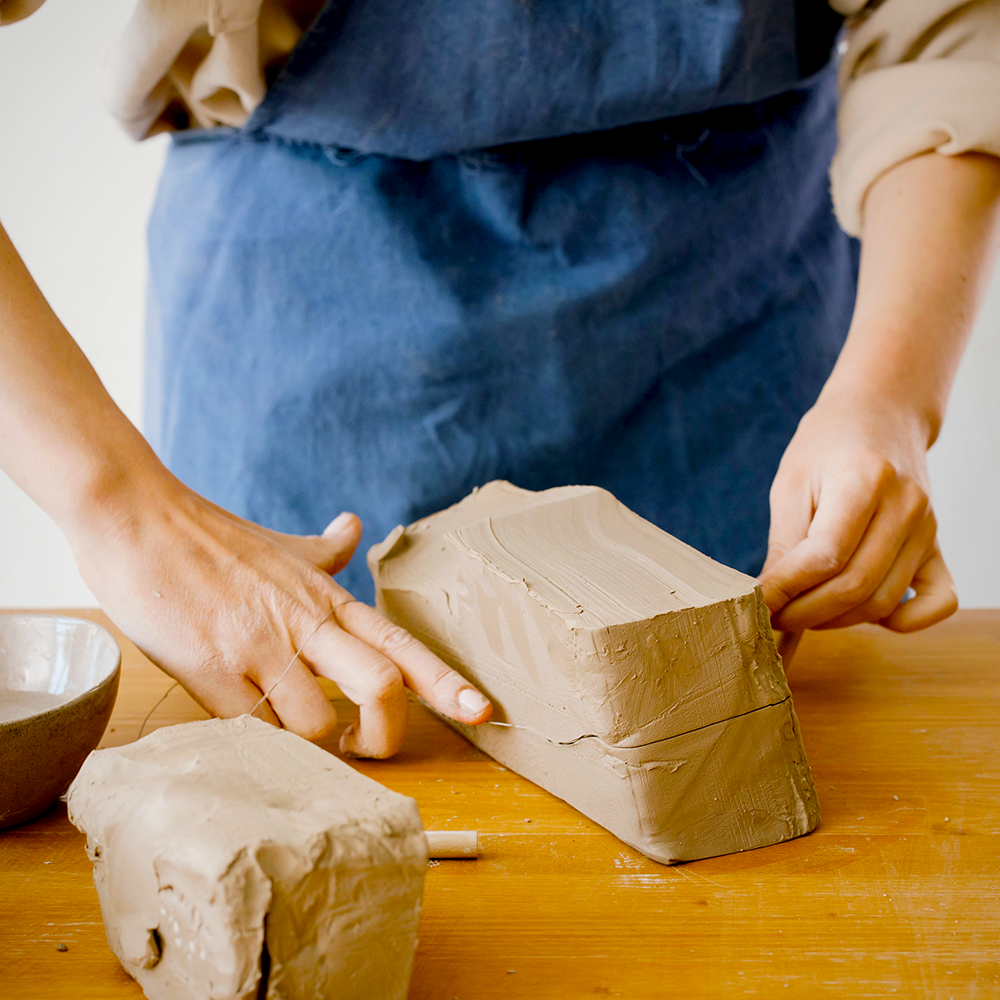

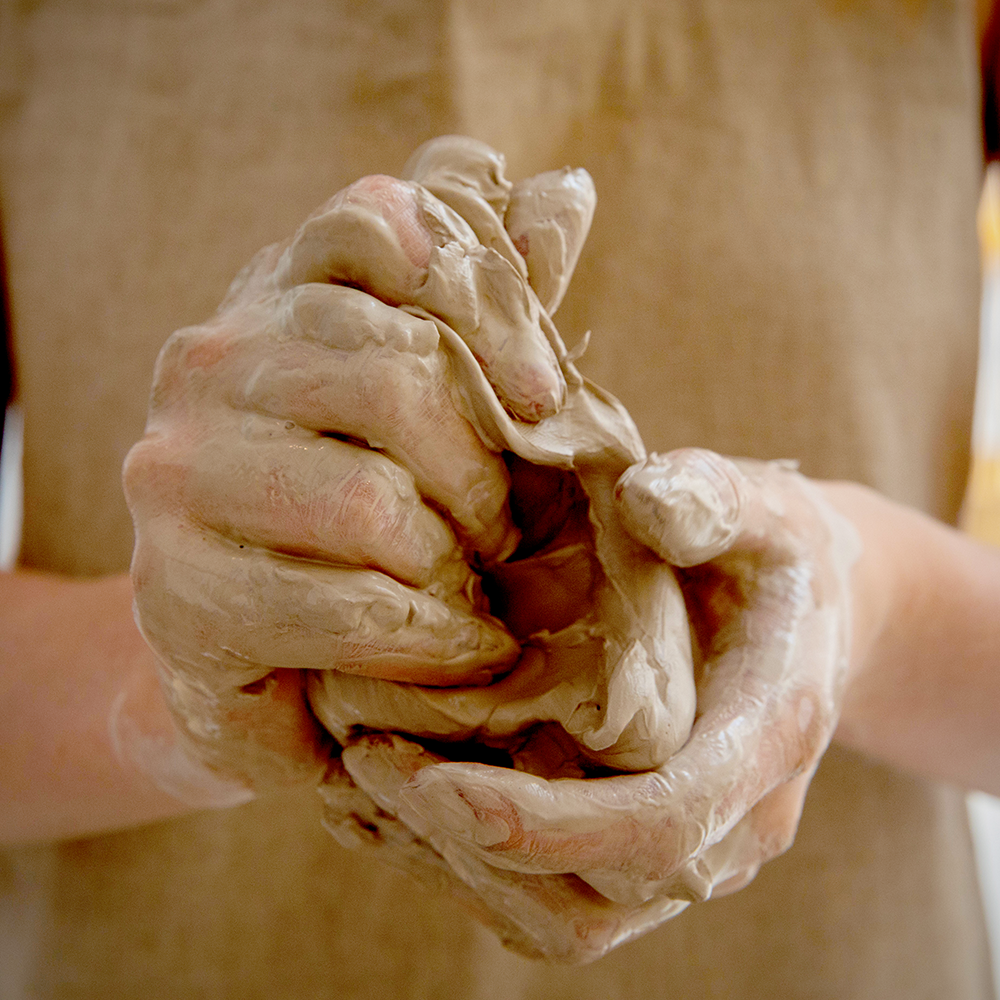
The Three Methods: Pinch, Coil, and Slab
The three methods of handbuilding—pinch, coil, and slab—are often combined to create complex pieces.
A potter might start with a pinch pot base, add coiled walls, and finish with slab-built details, showcasing the versatility of handbuilding techniques.
Pinch Pot Method: A Simple Start
The pinch pot method is one of the most basic techniques in handbuilding.
It starts with a ball of clay that is slowly formed into a pot by pinching and turning the clay.
This simple technique can produce everything from a small shallow dish to a coffee mug, making it an excellent project idea for beginners.
Pinch pots are often celebrated for their organic shapes and the direct connection they allow between the potter's hands and the clay.
This method is a testament to the idea that beautiful and functional pottery can be created with the simplest of techniques.
Coil Pottery: Building with Coils of Clay
Coil pottery is another ancient pottery making technique that involves rolling out long coils of clay and layering them to build up the walls of a pot.
Adding coils one by one and smoothing them together creates a strong bond and allows for taller and more complex forms.
This method is perfect for creating delicate and intricate designs, making it a favorite among experienced potters.
Coil building is a method that requires patience, as each coil must be carefully joined to the previous one.
The key to successful coil pottery is ensuring that the coils are well-blended to avoid weak spots that could lead to cracks.
Slab Building: Crafting with Clay Slabs
Slab building is a handbuilding technique that uses slabs of clay rolled out to a desired size and thickness.
A rolling pin or a slab roller can be used to create these slabs, which are then cut and assembled into angular shapes or curved forms.
This technique is ideal for making ceramics with straight sides or geometric designs.
The slab technique offers versatility in creating both functional pottery and sculptural pieces.
Using a slab roller or a rolling pin, potters can create uniform slabs of clay that can be cut and joined to form a variety of shapes, from slab pots to intricate ceramic forms.
Slab Pots: Combining Form and Function
Slab pots are not just about angular shapes; they can also be draped over or into molds to create more complex forms.
Whether it's a slump mold for a shallow dish or a hump mold for a dome-shaped vessel, slab pottery can be both functional and decorative.
Sculptural Pieces: The Artistic Side of Handbuilding
Handbuilding is also a favored technique for creating sculptural pieces.
With the ability to manipulate clay into virtually any shape, artists can express their creativity without the constraints of the pottery wheel, resulting in unique and expressive ceramic art.
Handbuilding Pottery: A Gateway to Ceramic Art
Handbuilding pottery is an accessible entry point into the world of ceramic art.
With its simple process and minimal need for equipment, it opens the door for anyone interested in exploring the craft of making ceramics.
Project Ideas for Handbuilding Enthusiasts
For those looking to dive into handbuilding, there are countless project ideas to explore.
From coiled pots and slab-built boxes to pinch pot animals and decorative tiles, the possibilities are endless for both new and experienced potters.
Take the time to experiment with different techniques, tools, and clay types to find your unique style and create beautiful ceramic masterpieces.


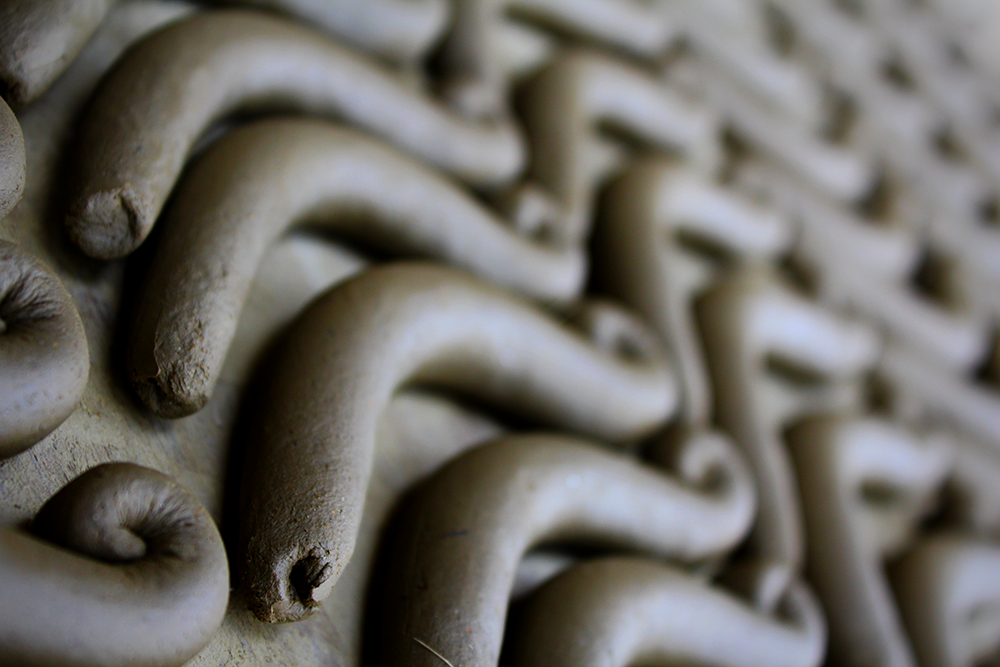
Tools of the Trade: Basic Tools for Handbuilding
Handbuilding pottery requires only a few basic tools.
These can include a wire cutter to slice through clay, a damp sponge to smooth surfaces, a pointed tool or pin tool for detail work, and a banding wheel to turn pieces for even construction.
These simple tools are often all that is needed to create stunning hand-built pots.
Simple tools like a pointed tool or a pin tool can be used to add texture and detail to handbuilt pieces.
These tools allow potters to carve, pierce, and embellish their work, adding a personal touch to each piece.
The Role of Damp Sponges in Smoothing Surfaces
A damp sponge is an essential tool in handbuilding, used to smooth the surface of the clay and help in the joining of clay parts.
It's a simple yet effective way to refine the texture of hand built pottery and ensure a professional finish.
The Importance of a Wire Cutter in Handbuilding
A wire cutter is a basic but indispensable tool in handbuilding.
It is used to cut large blocks of clay into workable pieces and to remove finished pieces from the work surface without distorting their shape.
Banding Wheel: A Helpful Assistant in Handbuilding
While not essential, a banding wheel can be a helpful tool in handbuilding, allowing potters to easily access all sides of their work.
This simple device can be particularly useful when adding coils or creating symmetrical forms.
Integrating the Potter's Wheel with Hand Building
The potter's wheel is often associated with pottery throwing, a process distinct from hand building.
However, innovative potters have found ways to integrate the wheel into their hand built pots, creating a hybrid technique that leverages the strengths of both methods.
For instance, a ceramic piece might begin on the wheel to form a perfectly round base, and then hand building techniques are applied to add sculptural elements or to alter the shape.
This approach can save time and provide a level of symmetry that might be challenging to achieve by hand alone.
In addition to forming bases, the potter's wheel can be used to refine and smooth the surfaces of hand built pots.
After a slab pot or coil pot has been constructed, it can be gently placed on the wheel to trim the foot or refine the rim.
This combination of techniques allows for a seamless blend of the organic qualities of hand building with the precision of wheel throwing.
By mastering both the potter's wheel and hand building skills, potters can expand their repertoire and create ceramic pieces that are both functional and artistically compelling.
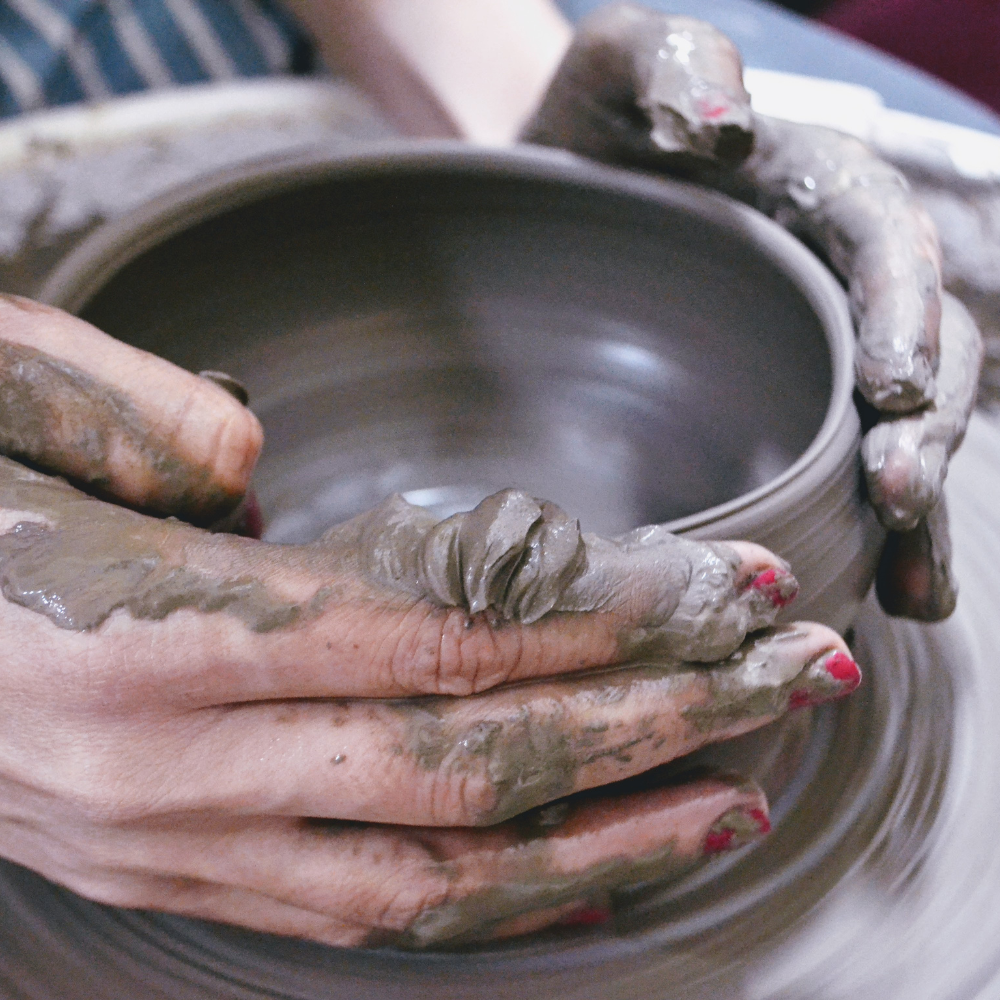
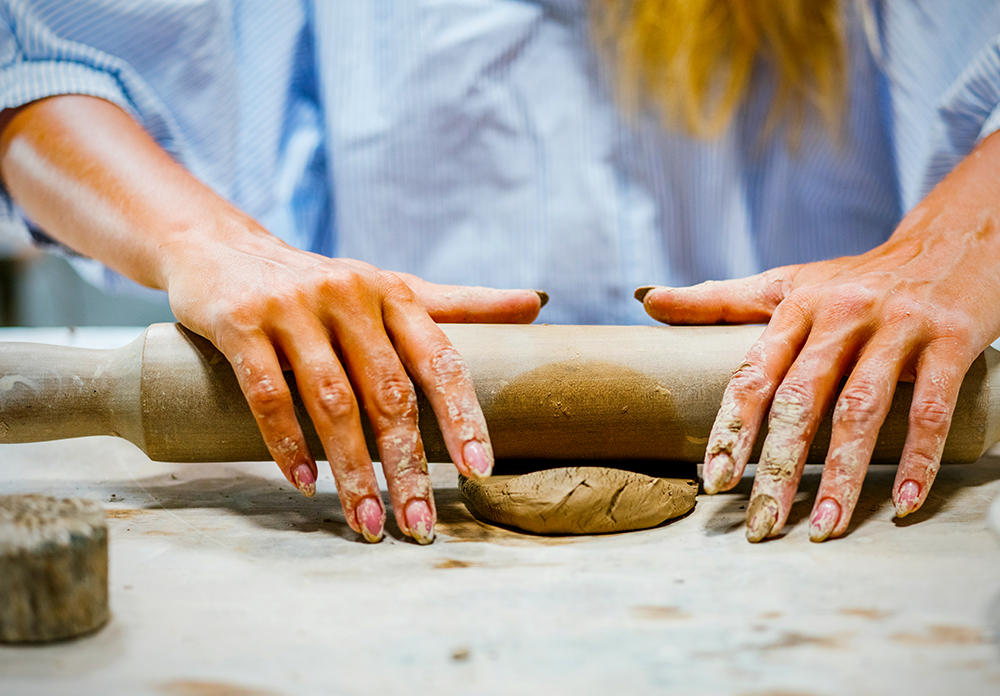
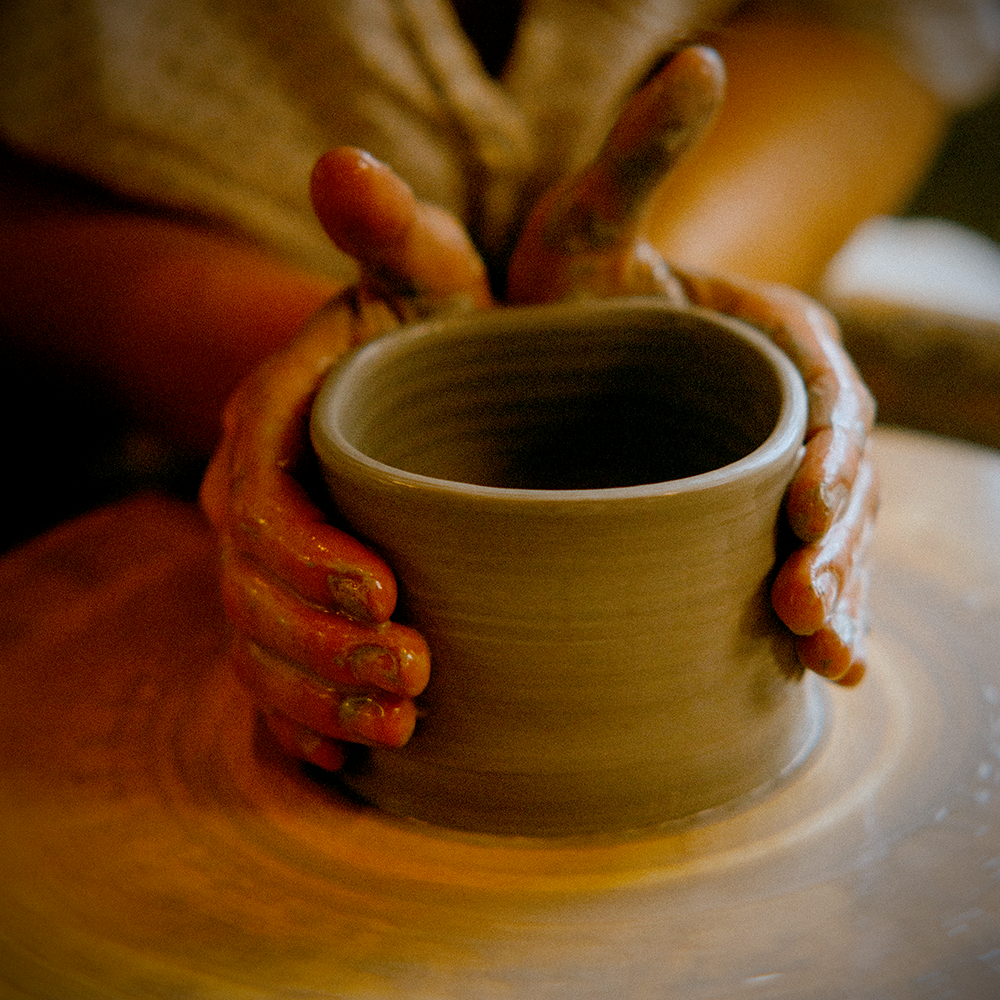
Significance of Wedging in Clay Handbuilding
Wedging clay is a fundamental step in the handbuilding process, crucial for preparing the clay before it takes shape into ceramic pieces.
This technique involves kneading the clay to create a uniform consistency, which eliminates air bubbles and aligns the clay particles.
By doing so, potters ensure that the wet clay is homogenous and less prone to cracking during drying and firing.
Wedging is akin to the foundation of a building; it sets the stage for the success of the clay forms that follow, whether they are slab pots, pinch pottery, or coil-built structures.
The wedging process not only readies the plastic clay for manipulation but also allows the artist to get a feel for the material's texture and elasticity.
This tactile engagement is essential for making pottery that is both functional and aesthetically pleasing.
As the potter's hands rhythmically press and turn the clay, they develop an intimate understanding of its properties, which informs their subsequent hand building techniques.
Whether creating common forms or experimenting with new designs, the act of wedging is a meditative prelude to the art of handbuilt pots.
Exploring the Diversity of Clay Slab Construction
Clay slab construction offers a versatile approach to making pottery, allowing for the creation of a wide range of shapes and sizes.
By rolling out clay into even, flat sheets, potters can cut and join these slabs to construct various forms, from simple geometric shapes to complex sculptural pieces.
The slab technique is particularly well-suited for creating items with sharp angles and straight edges, such as boxes or architectural elements.
This method stands in contrast to the more organic curves typically associated with the pinching technique or the potter's wheel.
In addition to its structural possibilities, clay slab construction is an excellent canvas for artistic expression.
Potters can impress textures, carve designs, or add relief elements to the soft slabs before assembly.
This allows for a high level of detail and customization in the final ceramic pieces.
Slab-built works can range from functional dishware, like slab pots and platters, to intricate wall hangings and decorative tiles.
As individuals learn handbuilding, they often discover that working with clay slabs unlocks a new realm of creative potential, making it a favorite among both novices and seasoned ceramicists.
Creating Functional Pottery with Techniques
Handbuilding techniques are not limited to creating artistic pieces; they are also used to make a wide range of functional pottery.
From plates and bowls to teapots and vases, handbuilding allows for the creation of everyday items that are both beautiful and useful.

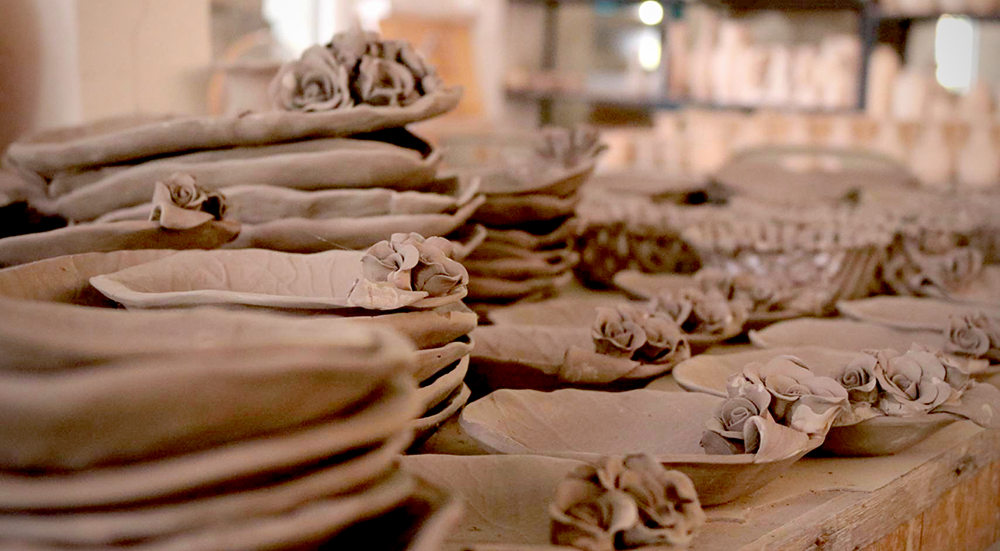
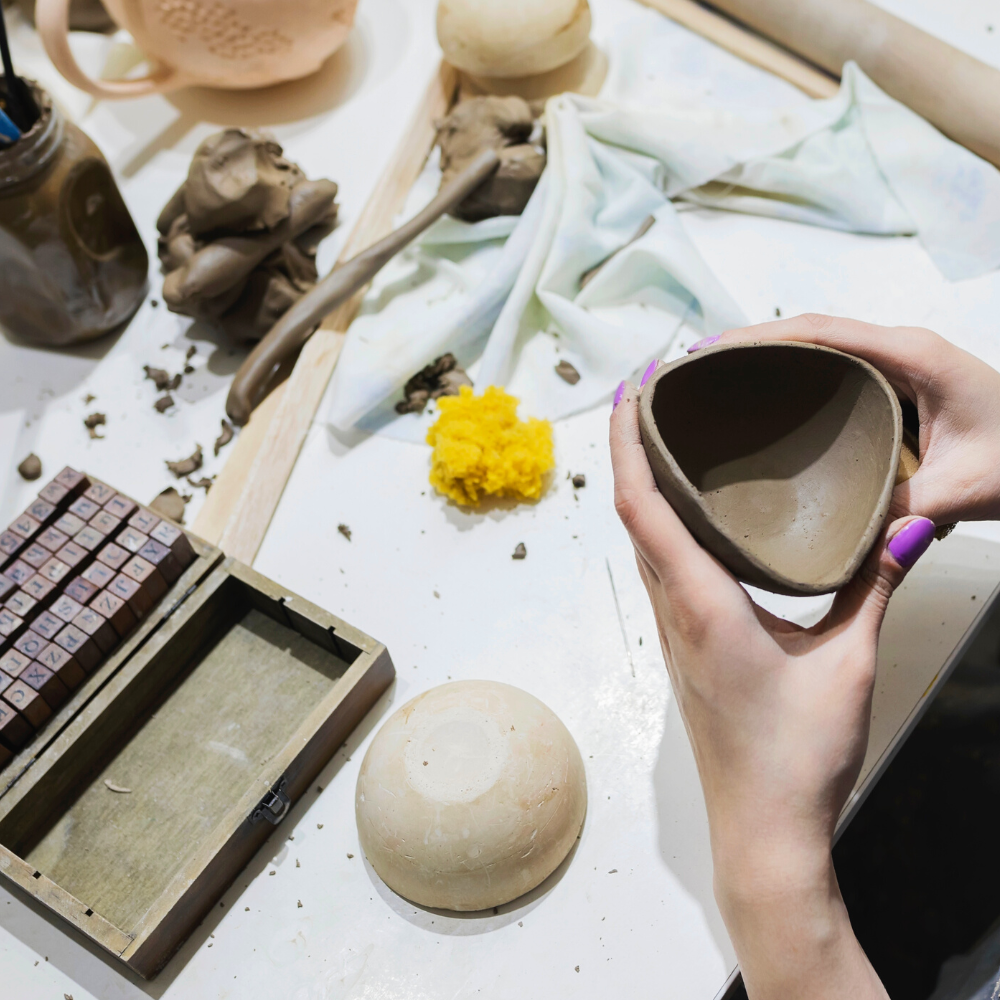
Handbuilding: A Journey of Discovery
Learning handbuilding is a journey of discovery that teaches patience, precision, and creativity.
It is a rewarding process that allows potters to connect with the clay and bring their visions to life.
This fundamental pottery technique offers a direct and intimate approach to creating both functional and decorative pieces.
It encompasses the pinch pot method, coil building, and slab building, each with its unique characteristics and possibilities.
Handbuilding is accessible to beginners, requiring only a few basic tools and allowing for a wide range of creative expression.
Whether one is making a simple pinch pot or a complex sculptural form, handbuilding is a versatile and rewarding aspect of ceramic art.
With the right tools and techniques, anyone can learn how to handbuild with clay and create beautiful pottery.
So, go ahead and give it a try; who knows, it might become your new favorite hobby!


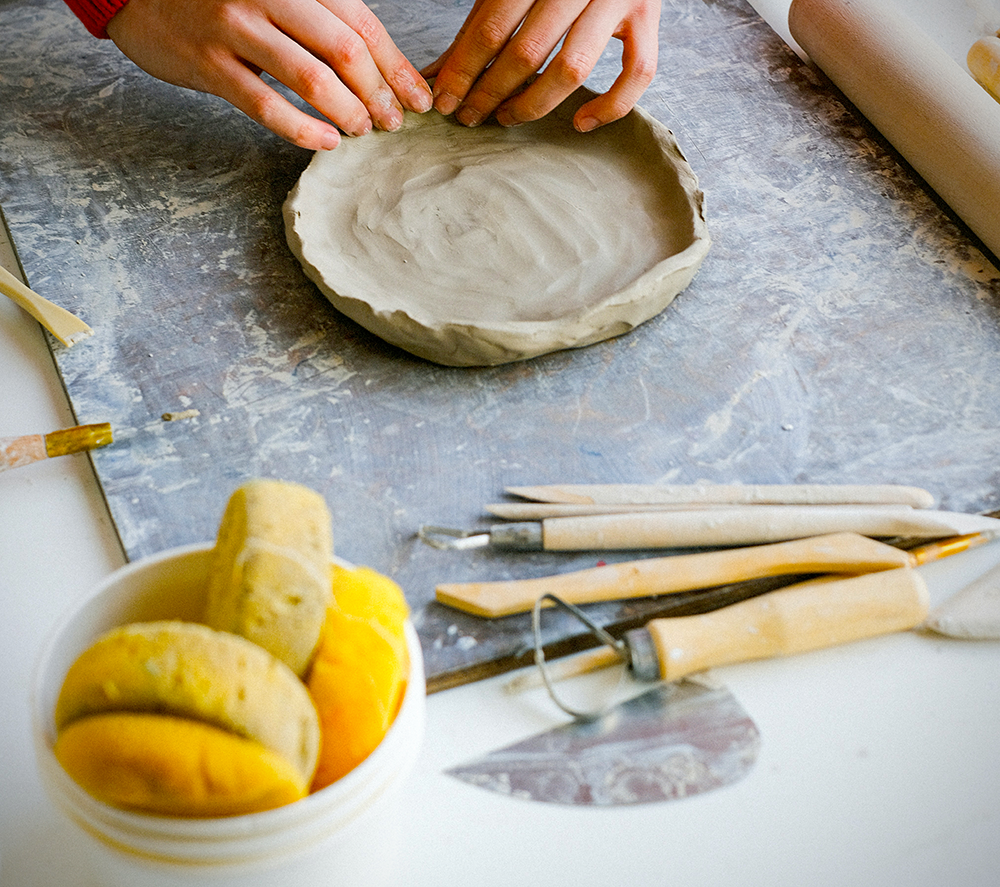
Interested in learning more about handbuilding? Check out Clay Corner Studio's video!
Want even more content about creativity and art?
Be sure to check out all of our creative chronicles!
Love pottery and working with clay?
Check out some of our other ceramic articles:
